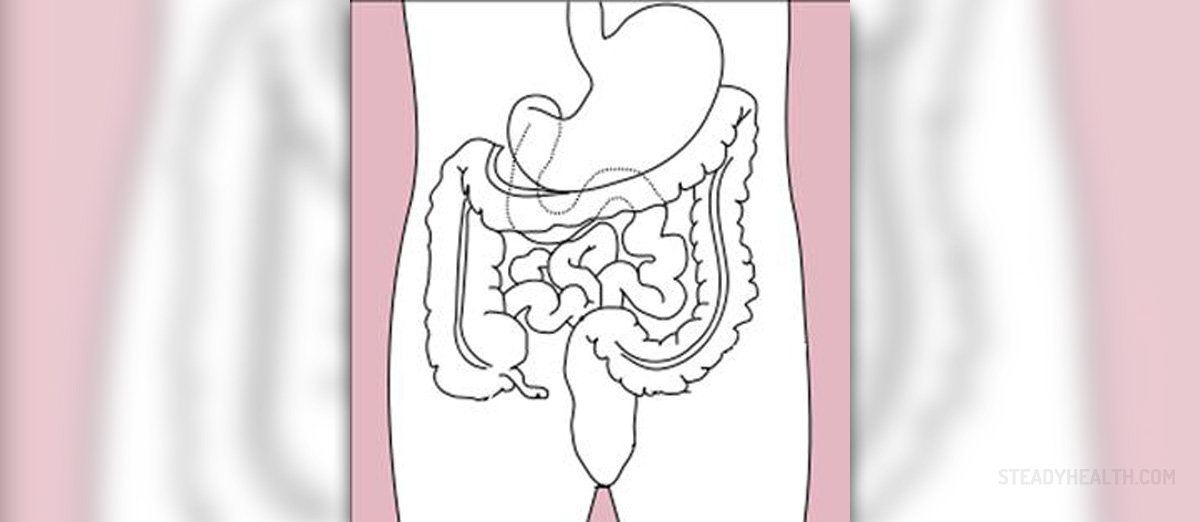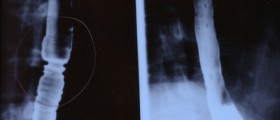
The esophagus is an organ of the gastrointestinal tract that connects the oral cavity and the stomach. It actually participates in transfer of food and fluids. This organ, as it is the case with any other organ in the body, can get damaged, injured or blocked in different ways. In order to evaluate damage and find out why a person suffers from swallowing difficulty doctors sometimes perform esophageal dilation.
Possible Causes of Esophageal Blockage
Any kind of esophageal blockage is responsible for swallowing difficulties. One may have trouble swallowing solid foods while others complain about difficulty swallowing fluids. Even a combination of the two is possible.
Before the treatment it is essential to find the underlying cause of stricture (narrowing) or blockage of the esophagus. The problem may develop as a consequence of acid peptic stricture, Schatzki's ring, achalasia, ingestion of caustic agents, tumors etc. The obstruction may be also hereditary and present at birth. Esophageal Dilation - Methods
Since in majority of cases obstruction is mechanical in nature, it is logical that the treatment will be mechanical as well.
There are several techniques of esophageal dilation. Simple dilators (Bougies) comprise a series of flexible dilators. They are quite thick and one or more of such dilators are inserted down the esophagus. They are highly efficient in widening of this organ. Guided wire Bougie is a form of endoscopy during which a doctor uses a flexible wire together with an endoscope. During the procedure the wire remains inside and allows more dilators to be passed down the esophagus. After desirable effects are achieved, the wire is removed. Balloon dilators are placed in a deflated state into the esophagus with the assistance of the endoscope. Once they are placed in the correct location they are inflated and provide with suitable dilation of the organ. And finally, achalasia dilators are larger comparing to other types because they have to deal with spastic muscle fibers in the lower portion of the organ.
Esophageal Dilation - the Very ProcedureThis procedure is performed after taking patient's medical history, a physical exam, X-ray and endoscopy of the esophagus. While some simple dilation procedures require only local anesthetics, in case of more complex procedures patients undergo complete sedation. Sometimes esophageal dilation must be performed in the X-ray unit because the entire process is guided with the assistance of X-ray fluoroscopy equipment. The procedure may last from 2 minutes to half an hour. Recovery after esophageal dilation does not last long. Potential complications include minor bleeding and, in rare occasions, perforation of the esophagus.

















Your thoughts on this
Loading...